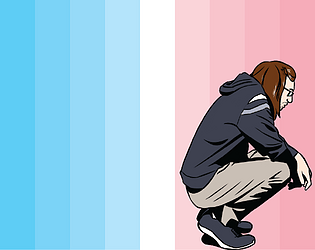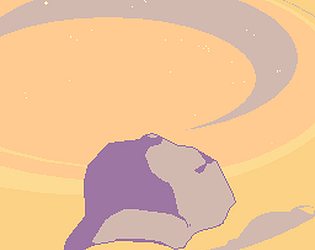I can second this, I am also having some difficulties with UI and input! (I find that getting play to work well in browser embeds can be tough for things like jam games with short turnarounds, or high-concept stuff that gives little room for stress-testing!)
Either way, I dig the idea, balancing between realism and optimism to get by!





